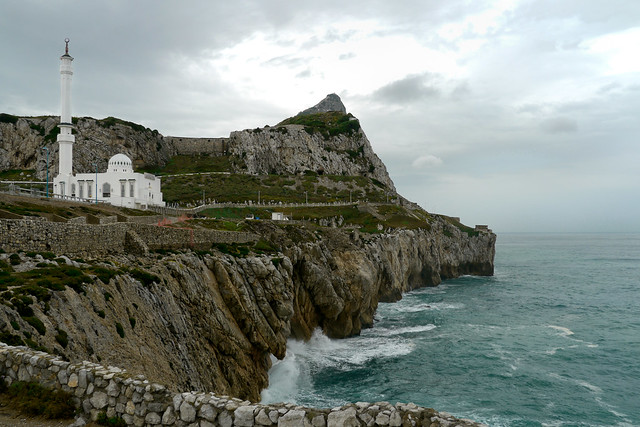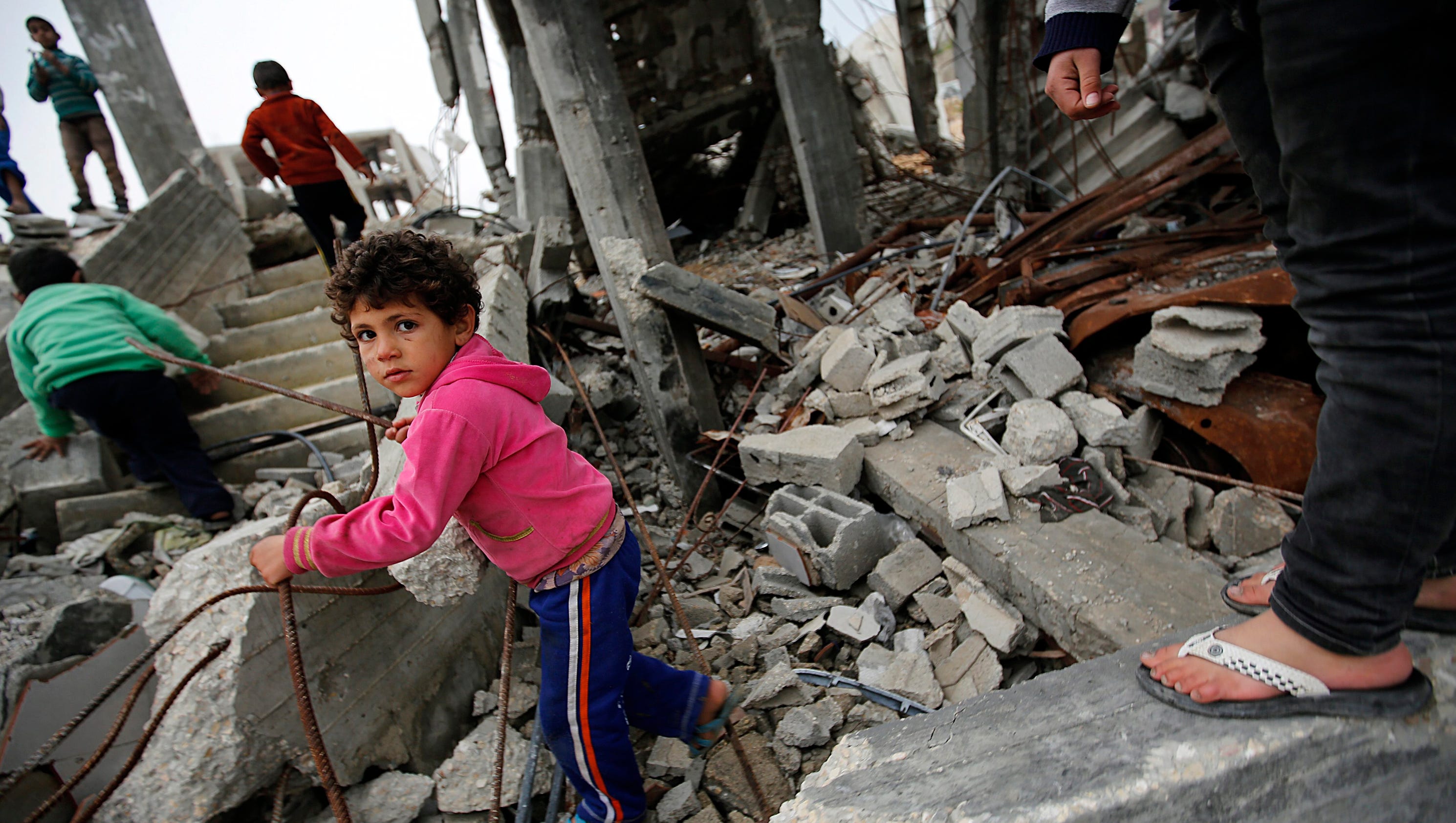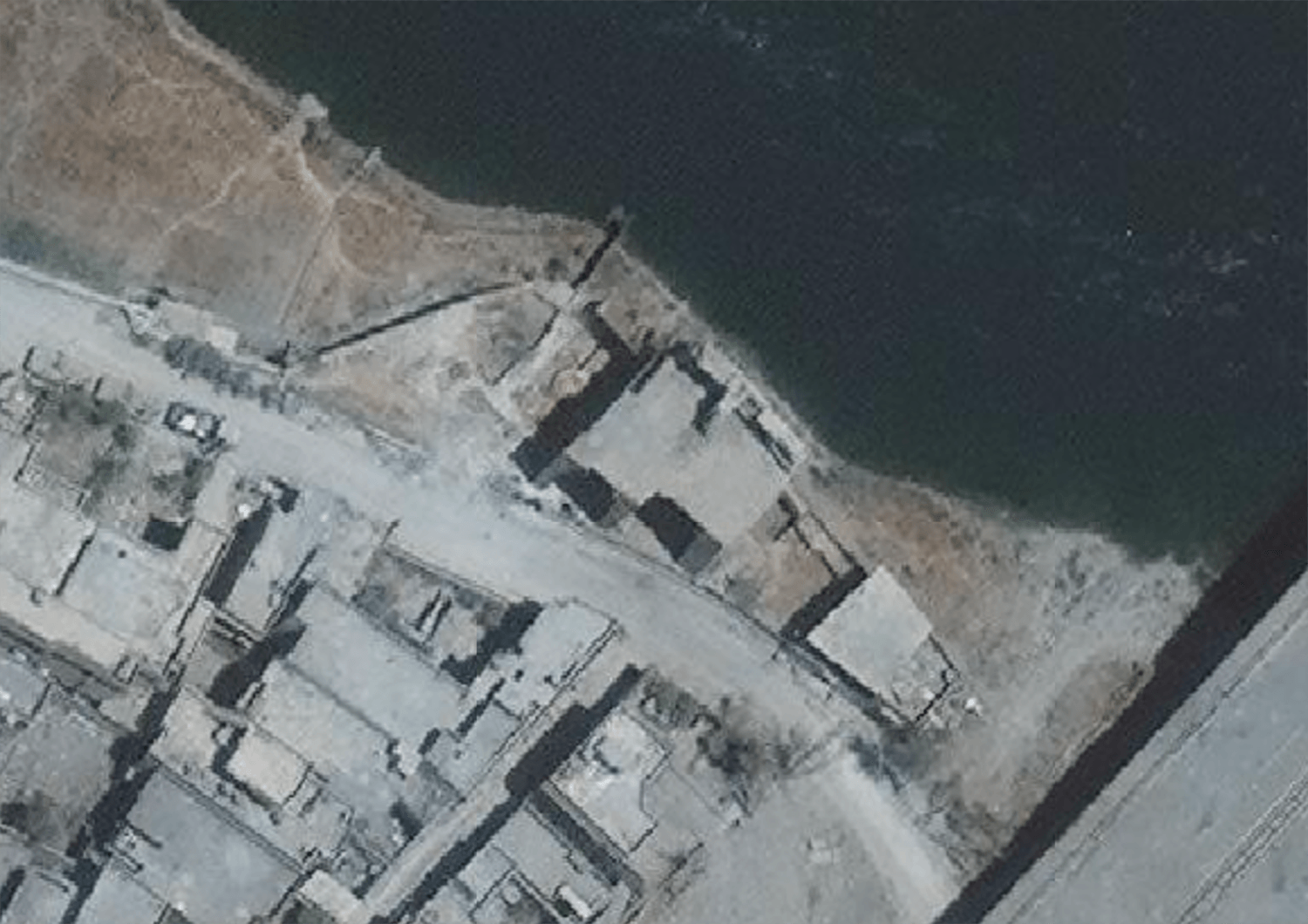July 11: Ahead of a meeting of the Global Coalition to Defeat ISIS, INTERPOL has underlined the need for military success against the group to be translated into actionable intelligence for police around the world.
With mounting pressure on former ISIS strongholds likely to result in increased numbers of battle-hardened terrorists returning home, fleeing to neighbouring countries, or joining other conflicts, it is vital that critical information left by retreating fighters and recovered by Global Coalition forces is quickly shared with the global law enforcement community through a secure multilateral platform.
Details of more than 18,000 Foreign Terrorist Fighters (FTFs) have now been shared via INTERPOL’s global network with an increasing amount being sourced from the conflict zones. Biometric data such as photos, fingerprints and DNA profiles have already led to the positive identification of terrorists around the world, including via facial recognition.
“Although there has been military success in Iraq and Syria, ISIS retains the ability to direct or inspire deadly attacks across multiple continents,” said Secretary General Jürgen Stock.
“Experience has shown the essential role that military-police cooperation plays in keeping pace with the threat as it disperses beyond the conflict zone. INTERPOL provides an established and trusted interface which supports this cooperation on a global level,” added Secretary General Stock.
INTERPOL projects Vennlig and Hamah have enabled evidence of terrorist activity collected from Iraq and Afghanistan to be shared with law enforcement, intelligence and defence agencies in more than 60 countries, leading to the identification of previously unknown terrorists and facilitation networks.
“Once terrorist information is shared at the global level, every traffic check, passport control or random search holds the potential for a break in a terrorism investigation or to foil an evolving plot,” said Mr Stock.
“However, countries worldwide need to ensure their frontline officers have direct access to INTERPOL’s databases in order to make these crucial identifications and prevent terrorists from traveling with ease to conduct attacks,” added Mr Stock pointing to the recent statements by the G7 and G20 calling for countries to make full use of INTERPOL’s information systems.
With an increasing number of individuals involved in terrorist attacks having a criminal background, Secretary General Stock also underlined the need for the most basic information stored in national police systems to be shared at the global level.
Fingerprint checks of arrested foreign nationals by one European country against INTERPOL’s databases resulted in 11 hits in just one two-week period in June.
Individuals linked to recent terrorist attacks in Europe, including at least one suspect travelling on a passport recorded in the Stolen and Lost Travel Documents database, had been subjects of INTERPOL alerts prior to the attacks.
“Unless and until countries ensure vital policing information is in the hands of frontline officers, the threat will continue to outpace our response,” said Secretary General Stock.
“The networks are in place, the officers are on our streets, we just need to make sure that all possible dots are connected,” concluded the INTERPOL Chief.
Interpol circulates list of 173 suspected members of Isis suicide brigade
Guardian: Interpol has circulated a list of 173 Islamic State fighters it believes could have been trained to mount suicide attacks in Europe in revenge for the group’s military defeats in the Middle East.
The global crime fighting agency’s list was drawn up by US intelligence from information captured during the assault on Isis territories in Syria and Iraq.

European counter-terror networks are concerned that as the Isis “caliphate” collapses, there is an increasing risk of determined suicide bombers seeking to come to Europe, probably operating alone.
There is no evidence that any of the people on the list, whose names the Guardian has obtained, have yet entered Europe, but the Interpol circulation, designed to see if EU intelligence sources have any details on the individuals, underlines the scale of the challenge facing Europe.
The list, sent out by the general secretariat of Interpol on 27 May, defines the group of fighters as individuals that “may have been trained to build and position improvised explosive devices in order to cause serious deaths and injuries. It is believed that they can travel internationally, to participate in terrorist activities.”
The data was originally collected by the US intelligence “through trusted channels”. The material was handed over to the FBI, which transmitted the list to Interpol for global sharing.
A note appended to the Interpol list circulated in Italy explains how the terrorist database was constructed, putting together the pieces of the puzzle from hundreds of elements, mainly gathered when Isis local headquarters were captured.
“The people,” the note says, “have been identified through materials found in the hiding places of Isil, the Islamic state of Iraq and the Levant.” The note adds that “it emerges that those subjects may have manifested willingness to commit a suicidal attack or martyrdom to support Islam”.
The list shows the suspects’ names, the date Isis recruited them, their last likely address including the mosque at which they have been praying while away fighting, their mother’s name and any photographs.
For each of the fighters, an ID was created to ensure that each member country in the Interpol network could integrate the data with local databases.
Interpol has asked its national partners for any information they might have about each name on the list, and any other background personal data they have on their files, such as border crossings, previous criminal offences, biometric data, passport numbers, activity on social media and travel history.
The information will then be included in Interpol’s ASF (automatic search facility) database in order to possibly put the names on a higher level watch list.
US intelligence is apparently confident about the reliability of the sources used to compile the list. But western counter-terrorism forces have said they face an uphill struggle identifying potential suspects, who have access to a mountain of false documents, double identities and fake passports.
Interpol stressed the list’s transmission came as part of its role circulating information between national crime-fighting agencies. “Interpol regularly sends alerts and updates to its national central bureaux (NCB) on wanted terrorists and criminals via our secure global police communications network,” a spokesman said. “It is the member country which provides the information that decides which other countries it can be shared with.
“The purpose of sending these alerts and updates is to ensure that vital policing information is made available when and where it is needed, in line with a member country’s request.”
A European counter-terrorism officer said one of the purposes of circulating the list around Europe was to identify those on it who might have been born and raised in European countries.
In 2015 the UN considered there were 20,000 foreign fighters in Iraq and Syria, of whom 4,000 were from Europe, but there has not previously been a specific list of those fighters including those born in the Middle East who have been identified as potential suicide bombers.
The speed with which Isis fighters are likely to attempt to reach Europe will depend on a range of issues including whether the group tries to set up a new base in Syria in the wake of the impending fall of Raqqa, its last major redoubt in north-west Syria. There is a growing suggestion that Isis fighters will shift south from Raqqa to the defensible territory stretching from Deir el-Zourez-Zor to Abu
The jihadi group is currently struggling to come to terms with the loss of Mosul in northern Iraq following a battle that produced some of the most brutal fighting since the end of the second world war.
The parallel advance on Raqqa, the group’s other urban stronghold in the region, has been stalled partly due to the severity of the resistance being mounted against the Syrian Democratic Forces made up of an alliance of Kurds, Arabs and US Special forces.
US Army Col Ryan Dillon on Friday estimated there were around 2,000 Isis militants in the city, who he said were using civilians and children as human shields. The distance between SDF forces on the eastern side of the city and on the western fronts is now just under 2km.
The United Nations estimates that about 190,000 residents of Raqqa province have been displaced since April, including about 20,000 since the operation to seize the provincial capital began in early June.
US diplomats this week admitted that the SDF forces, due to their ethnic make-up, will be constrained from going south of Raqqa to pursue Isis as far as Deir Azzour, saying this may be the task of the Syrian forces under Bashar al Assad, or even Iranian-backed Shia militia.











